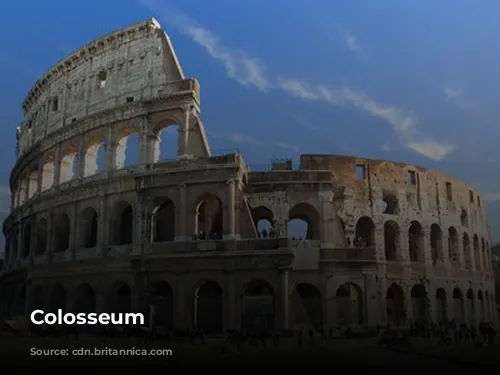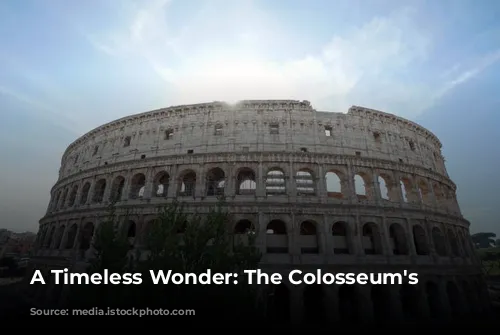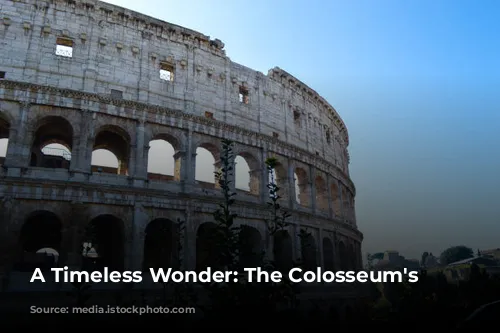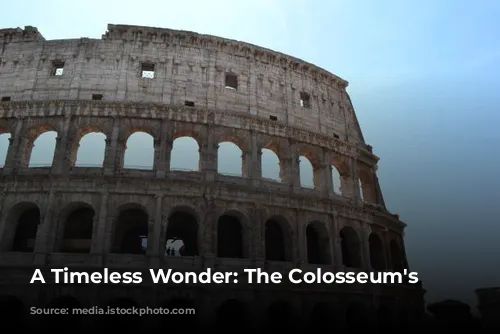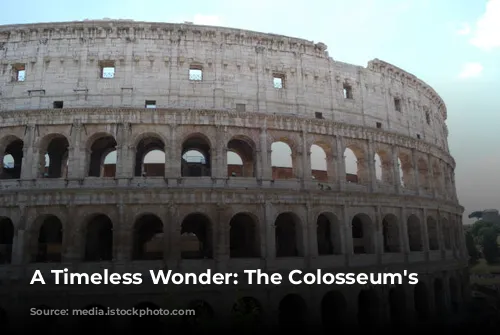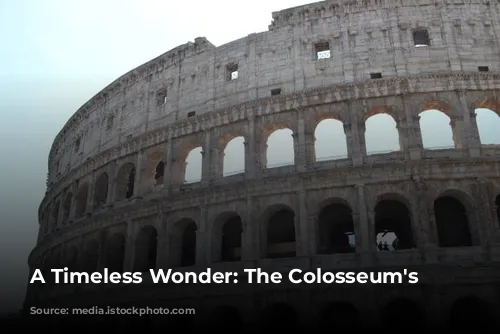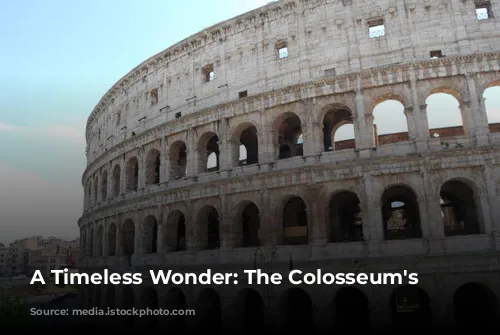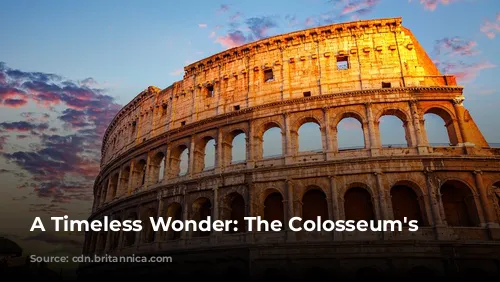The Colosseum, a magnificent structure that has withstood the passage of time, stands as a testament to the architectural and engineering brilliance of ancient Rome. It is not only a symbol of the Roman Empire’s grandeur but also a major economic driver for Italy. In 2018 alone, the Colosseum, along with the Roman Forum and Palatine Hill, drew in a staggering $63.3 million (€53.8 million), making it the most visited tourist attraction in Italy.
The Colosseum has witnessed centuries of both glory and decay. After the fall of the Western Roman Empire, the once-mighty arena fell into disrepair. In the 12th century, the Frangipane and Annibaldi families, powerful Roman families, repurposed the Colosseum as their fortress, transforming the once-grand arena into a stronghold. Sadly, in the late 15th century, Pope Alexander VI allowed the Colosseum to be used as a quarry, further stripping away its grandeur. This period of neglect lasted for over a thousand years, until the 1990s, when state-funded restoration efforts breathed new life into the aging structure.
The Colosseum’s Origins: A Monument to Imperial Power
The Colosseum’s origins are closely linked to the Roman emperor Vespasian and his desire to revitalize Rome following the tumultuous year of the four emperors (69 CE). Like other amphitheaters, the Colosseum was intended as an entertainment venue, designed to host a variety of spectacles, including gladiator fights, animal hunts, and even mock naval battles. These events were meant to entertain the masses and solidify the emperor’s power.
Construction on the Colosseum commenced during Vespasian’s reign between 70 and 72 CE. The Colosseum’s dedication ceremony, which took place in 80 CE, was a grand spectacle, featuring 100 days of games and festivities, presided over by Vespasian’s son and successor, Titus. Domitian, the next emperor, added the Colosseum’s fourth story in 82 CE, completing this magnificent structure. The Colosseum’s funding came from the spoils of war, specifically from the sack of Jerusalem in 70 CE by Titus, and was built by enslaved Jews from Judea.
A Masterpiece of Roman Architecture and Engineering
The Colosseum, also known as the Flavian Amphitheatre, is an elliptical structure, constructed using a combination of stone, concrete, and tuff, and rising to a height of four stories. This architectural marvel measures an impressive 620 by 513 feet (189 by 156 meters) and could accommodate a massive crowd of 50,000 spectators. The Colosseum was renowned for hosting gladiatorial combat, where skilled warriors battled for the entertainment of the Roman masses.
The Colosseum’s construction was a marvel of engineering, incorporating a complex system of barrel vaults and groin vaults for structural support. The exterior was adorned with three tiers of arcades, framed by engaged columns in the Doric, Ionic, and Corinthian orders. This unique arrangement of columns served as inspiration for the Renaissance codification known as the assemblage of orders. The Colosseum’s primary structural framework and facade were crafted from travertine, while the secondary walls were made from volcanic tufa. The inner bowl and arcade vaults were constructed from concrete, showcasing the Romans’ mastery of this innovative building material.
The Colosseum’s Spectacles and Legacy
The Colosseum’s design ensured that the vast audience could enjoy a clear view of the arena’s spectacles. A massive retractable velarium (awning) was used to protect spectators from the sun. This impressive structure was supported by masts that extended from corbels built into the Colosseum’s top story. Hundreds of Roman sailors were employed to manage the rigging that extended and retracted the velarium, ensuring that the audience remained comfortable throughout the events.
The Colosseum was the stage for countless dramatic spectacles, including gladiatorial combats, contests between men and animals, and even elaborate mock naval battles. While the Colosseum’s role in the martyrdom of early Christians is debated, it is undeniable that this structure witnessed a multitude of historical events, both grand and gruesome.
The Colosseum’s Revival: A Testament to Time’s Resilience
The Colosseum’s journey has seen its share of challenges. After the fall of Rome, it was used as a church and a fortress, and was further damaged by lightning, earthquakes, and vandalism. For over a thousand years, the Colosseum was neglected and treated as little more than a quarry, stripped of its precious marble seats and decorative materials.
The preservation of the Colosseum began in earnest in the 19th century, with Pope Pius VIII leading notable efforts. Finally, in the 1990s, a comprehensive restoration project breathed new life into this iconic structure. Today, the Colosseum remains one of Rome’s most treasured attractions, welcoming nearly seven million visitors annually. Changing exhibitions related to the culture of ancient Rome are regularly displayed within the Colosseum, reminding us of the rich history that this magnificent structure holds.
The Colosseum, a timeless wonder, continues to captivate the world with its grandeur and significance. It serves as a powerful reminder of the Roman Empire’s enduring legacy, reminding us of a time of remarkable architectural ingenuity and a vibrant, complex culture that continues to inspire and fascinate us today.


